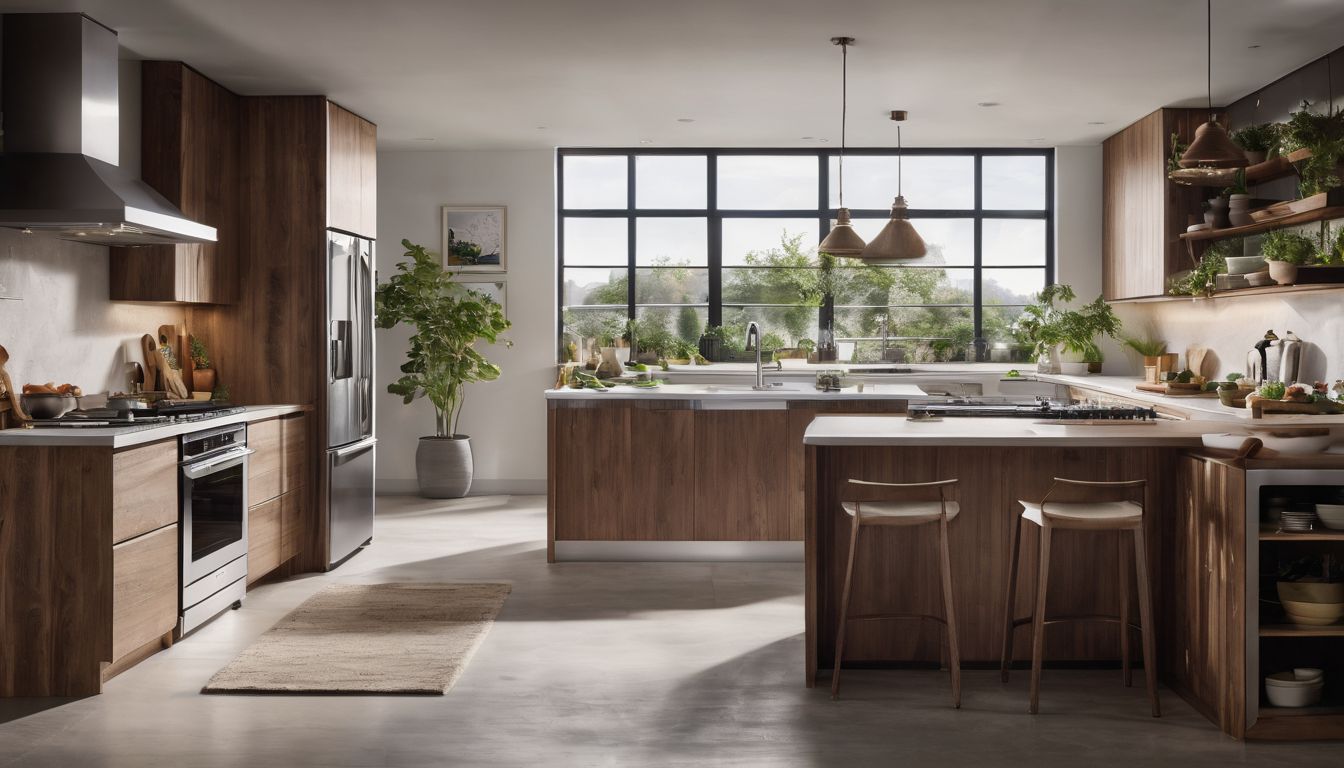If life gives you a large plastic barrel, why not make a chair? A chair made out of a plastic bucket may not sound that appealing, but if you have the right equipment to shape and mold the bucket in a certain way, it can look great and feel nice. It has arm rests,1 back support,2 and the capacity to hold a lot of weight.3 Plus, you’ll be helping the environment, your wallet, and your brain.
Benefits for the environment: Recycling something instead of throwing it in the trash is always good for the environment, since it reduces landfill and doesn’t use as many resources. Recycling something made from plastic is even better for the environment, since plastic is one of the least biodegradable materials and would stay in the landfill the longest.
Benefits for your wallet: You may feel like you want a new chair, but you might not want to spend all that money at furniture stores. Using something so commonly used as a large plastic barrel can be cheap or even free. The great thing about making your own plastic chair is that it can be used both indoors and out, yet is still durable enough to last for a long time.
Benefits for your brain: It’s always good to learn how to build something new. Getting hands-on experience with projects like this helps to build skills necessary for other DIY projects with recycled materials.
Cost: Low to Medium If you already have a lot of home improvement tools and large 55-gallon plastic barrel lying around your house, then this project is essentially free. However, if you don’t have the tools for this project, this project could be somewhat expensive when matched up to the cost of buying a used chair, but definitely cheaper than a new chair!
Time and Effort: Medium While building this chair should only take a couple of hours at most, building it well does require a good deal of caution and precision to make the exact measurements and cut plastic cleanly. For someone who is not comfortable working with jigsaws or heat guns, this project may require a significant amount of effort.
Materials:
55 gallon plastic barrel
Tape Measure
Screwdriver
Six (6) 1 inch drywall screws
Six (6) Machine Screws with Nuts and Washers
Jigsaw
Drill
Heat Gun
Welding Gloves
C-Clamps4
Pencil5
Piece of Flat Steel6
Instructions:
1. Cut the barrel in half: Cutting the barrel in half will create two separate pieces, the top and bottom of the barrel, which can be used to make the top and bottom of the chair. Using the tape measure, measure the height of the barrel, then divide this by two to get the half-length of the barrel. Measure the half-length on the barrel from one of the ends and mark the line as the half-point all around the barrel. Using the jigsaw, cut the barrel at this mid-line.
2. Cut off a portion of the barrel top: Look for the end of the barrel which has drain holes and plugs on it. This side is the top of the barrel, and will now be used as the chair back. Now, mark a line perpendicular to the rim of the barrel, which will act as a reference line for the next two lines. Measure 14” to the left of the reference line and mark a parallel line. Do the same on the right side of the reference line. Using the jigsaw, cut both these lines to a point slightly over the rim. Next, before cutting off this 28” section, be sure to cut along the rim of the barrel so that this backing remains curved. Cut at a 45 degree angle towards the base, to create a beveled edge. Remove this section. This piece will be used later, so set just leave aside for now.
3. Make two cuts into the barrel top: The rest of the barrel top should still be attached to the base, allowing access to both the outside and inside of the barrel top. While resting the barrel top on its base, find the vertical centerline of the outside curve. Using this centerline as a reference point, mark 8” to the left and draw a parallel line. Do the same on the right side. Along both of these lines, measure and mark 7” up from the base. Using the jigsaw, cut down to this point from the top edge of the barrel top along both of these lines.
4. Make two more cuts into the barrel top: Now turn the barrel top so that you can see the inside. Along one of the front edges, mark once just above the base and once 9” up from the base. Using the jigsaw, cut 2” deep into these marks. Do the same for the other front edge. Now there should be a total of six cuts in the barrel top.7
5. Mold the chair arms: Now, the arms of the chair are ready to be molded with a heat gun. When using the heat gun, be sure not to hold it too close to the surface of the plastic bucket.8 Heat one front edge of the barrel top where the 2” cuts are. Use a piece of flat steel to fold the strip of plastic toward the outside of the chair at a 90 degree angle. Do the same for the other front edge. Next, focus your attention on the two 7” cuts along the top edge of the barrel top. These will be folded outwards to make arm flaps. Because the arm flap is such a large piece of plastic, use the heat gun for a little longer than before. Then, when the plastic looks shiny, bend it outwards and hold it there until it cools.
6. Finishing the chair arms: The arms of the chair should overhang the side tabs by about 2 inches. Using the heat gun, fold these downward until they are flat against the side tabs, then let cool. On each side of the chair, the arm should overlap the side tab. Drill one 9/64” hole through each new overlap and use the bolts, nuts, and washers to fasten the arms to the tabs. If you like, you can make the chair look prettier by using the heat gun again to curve the edges of the arms down and back.9
7. Cut off the base of the chair: Now, put the barrel top aside and get the barrel bottom. You will be cutting off the the base of the barrel bottom. Along the rim of the base, there should be an outer ring and an inner ring. With a 45 degree angle cut, cut the inner ring of the base all around, leaving behind the outer ring to be attached to the rest of the barrel bottom. Now you should be able to remove the circular base entirely. Put this aside, since it will be used in the future.
8. Cut the bottom barrel: The rest of the bottom barrel will be used as the legs of the chair. First, it has to be cut to the right length. Place the rim of the bottom barrel to the ground. Mark a line 10” from the top edge parallel to the edge. Cut along this line around the barrel.
9. Put the parts together: Next, you’ll put the top and bottom of the chair together. Placing the rim of the bottom barrel to the ground, Take the top part of the chair and place the round seat area into the opening of the bottom barrel. Sit on the seat of the chair to push the seat into the opening securely. To secure any overlapping area even more, drill some more 9/64” holes and fasten the layers together with nuts, bolts, and washers. Use the heat gun again to relax the plastic layers together.10
10. Finish the seat: Look for that 28” section that was cut off in Step 2. Cut this section into two pieces, one 16” and one 12” long. The 12” piece is going to be used to add extra seat support. Place the 12” piece on the seat, with curved part facing up and the rimmed edge facing the front of the chair. Using the 1” drywall screws, screw this piece to the seat. Now, get the circular base of the barrel bottom. Place this right onto the seat so that the bottom of the face faces upwards. The seat is finished!
11. Finish the back: Next is the back of the chair. Place the 16” piece inside the back area of the chair, with the rim on the bottom and the outward curve facing the front of the chair. Use the C-clamps to clamp down the layers of plastic to each other. Drill the holes, and fasten the layers together with nuts, bolts, and washers. Now the chair has lumbar support!
12. Add the final touches: At this point, the top edge of the chair may not look pretty. With a pencil, mark a line which would create a nice look for the back, such as rounded corners.11 Then, cut the line with your jigsaw. Use the heat gun to smooth out any edges of the chair and to relax the chair into a more polished look.12
13. Enjoy!




